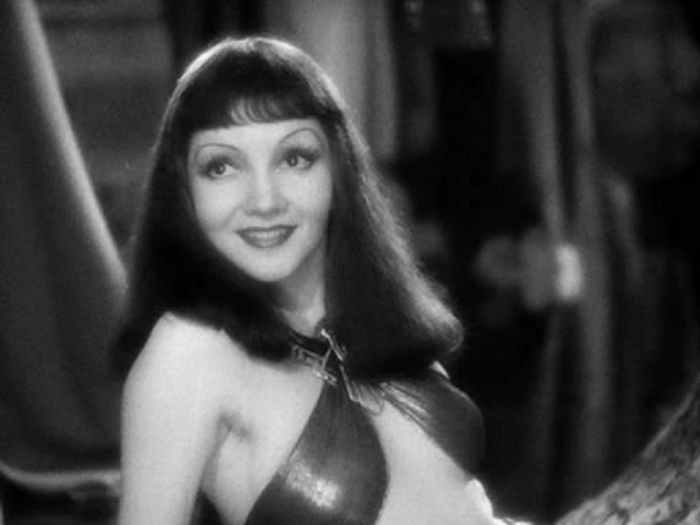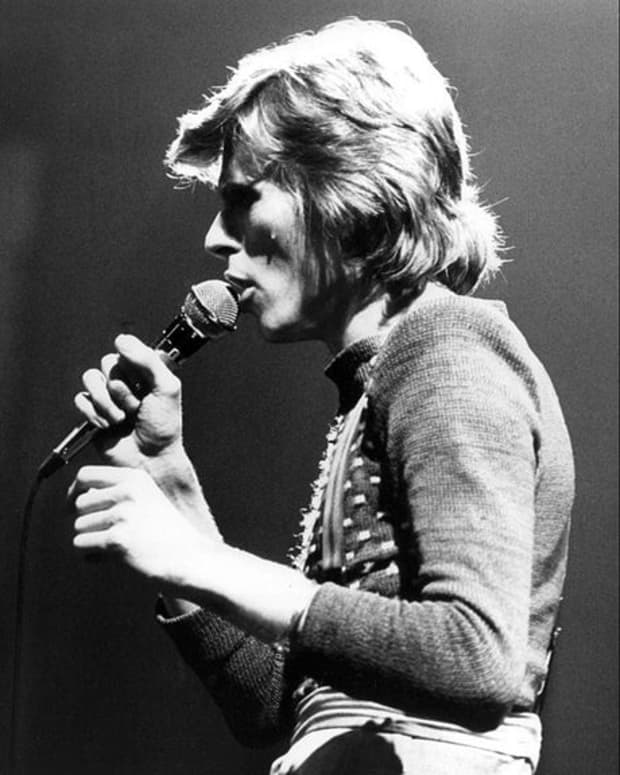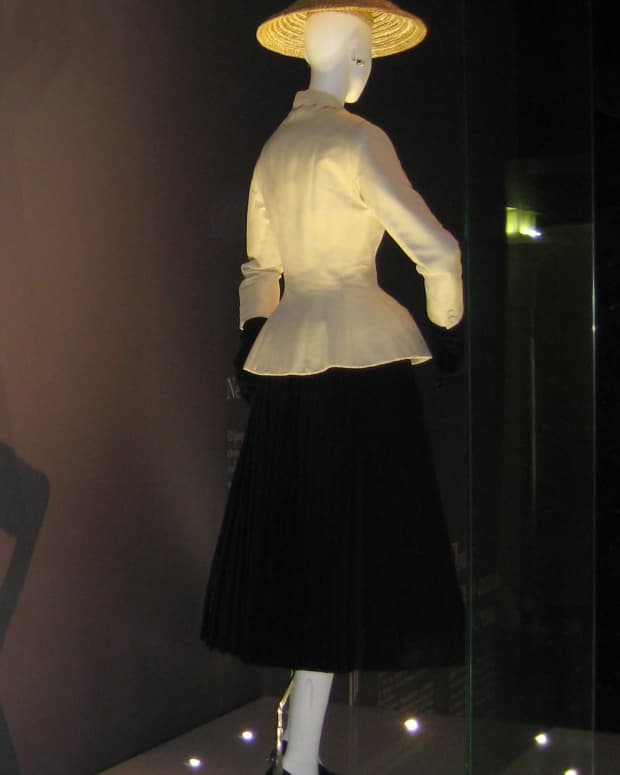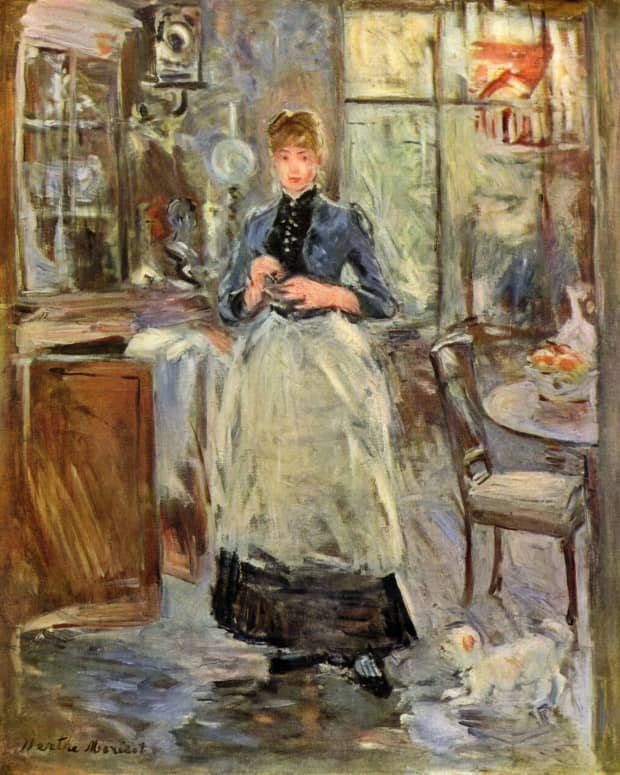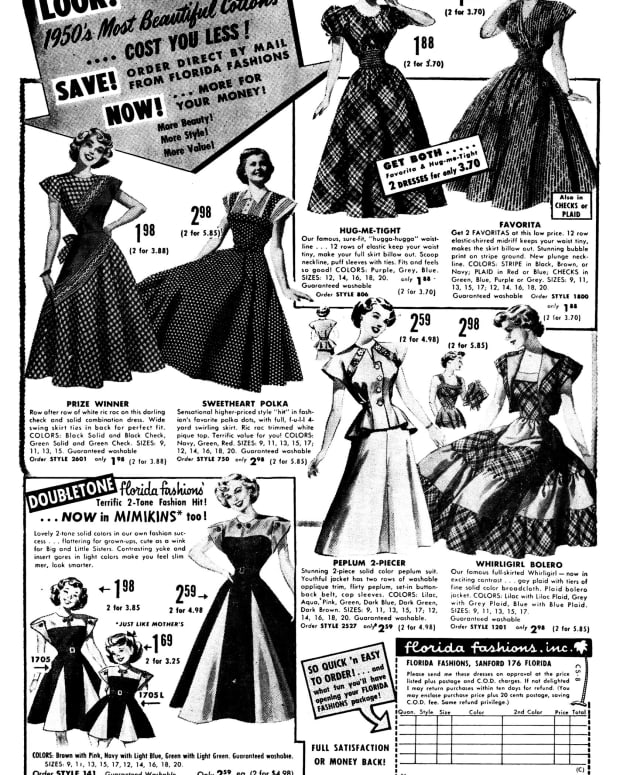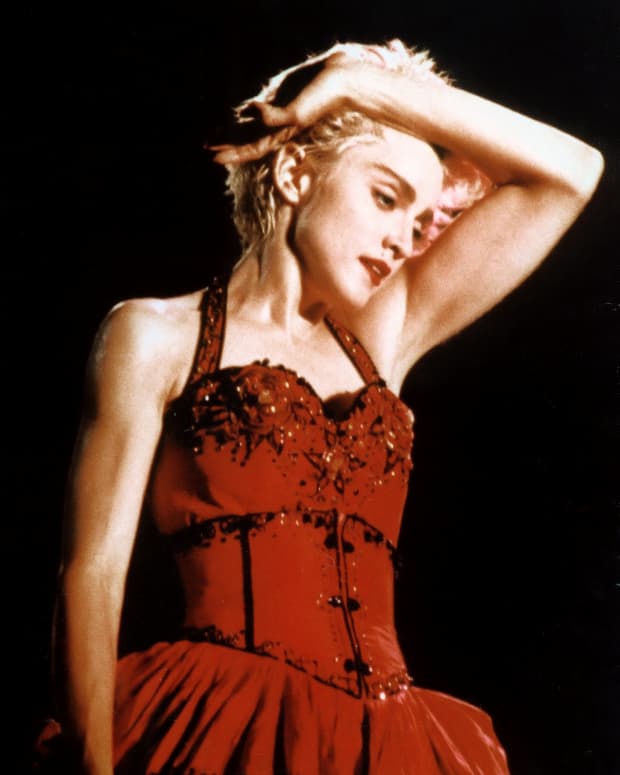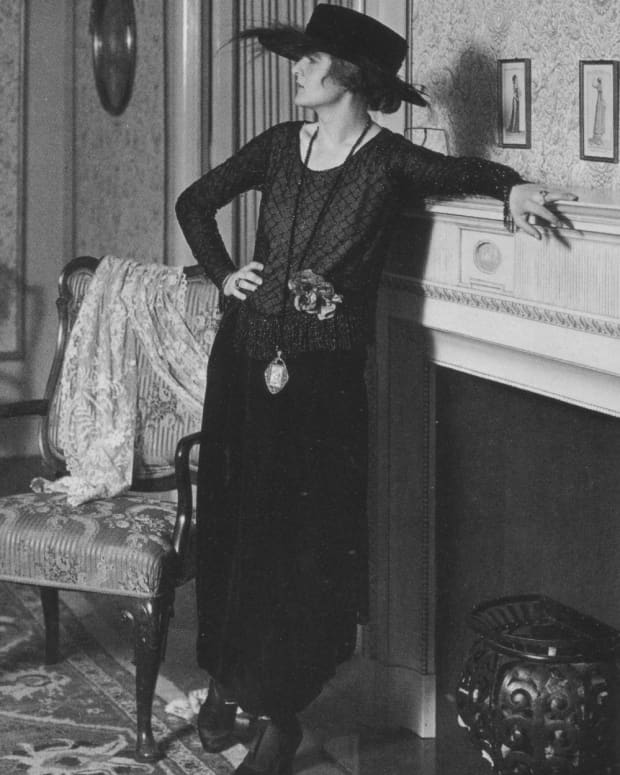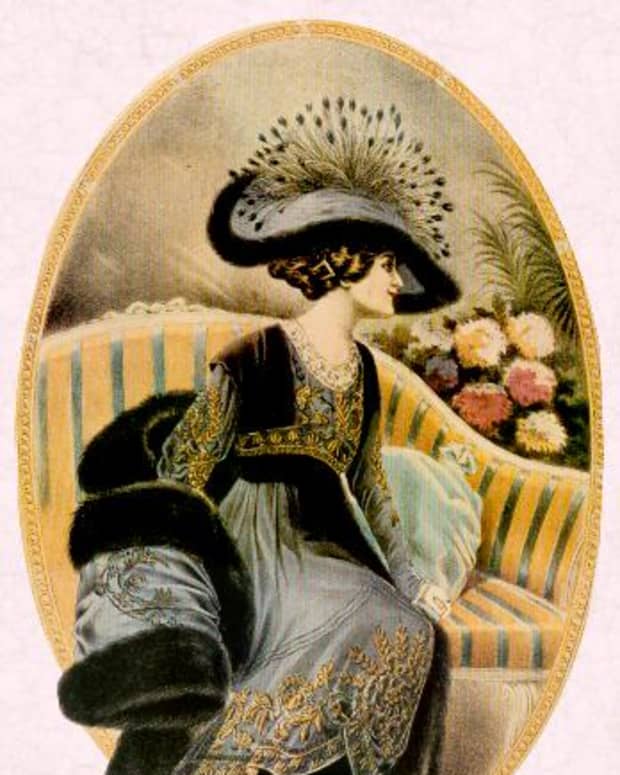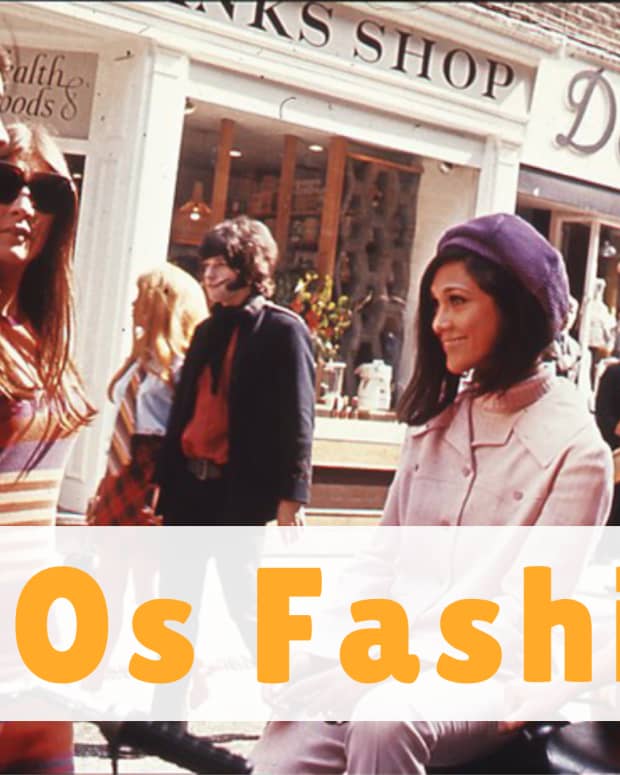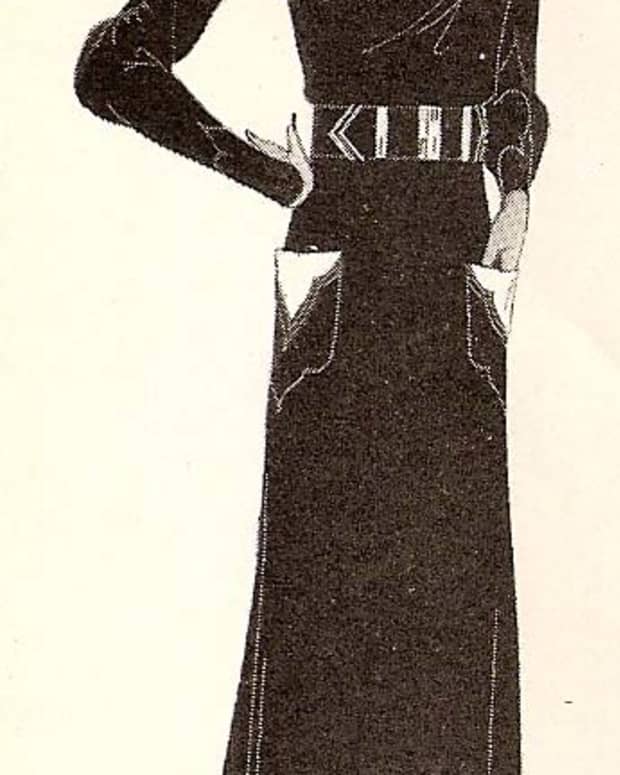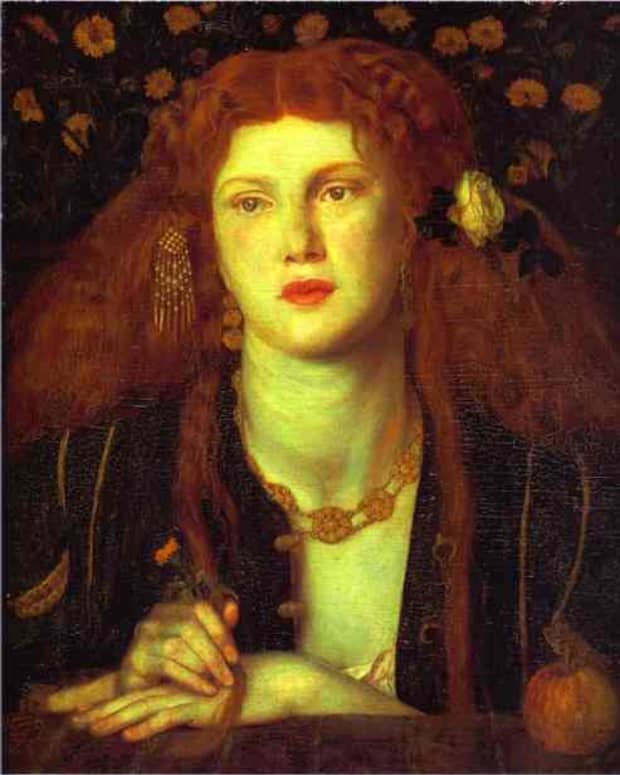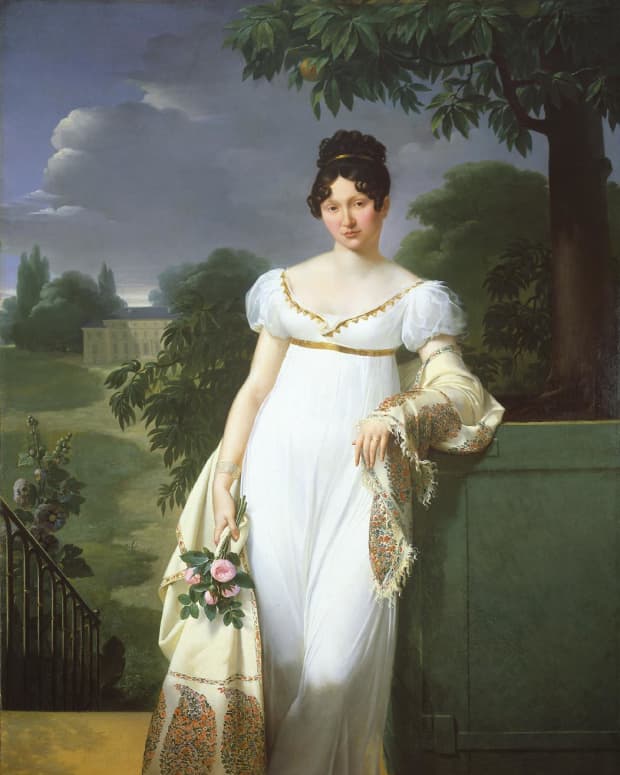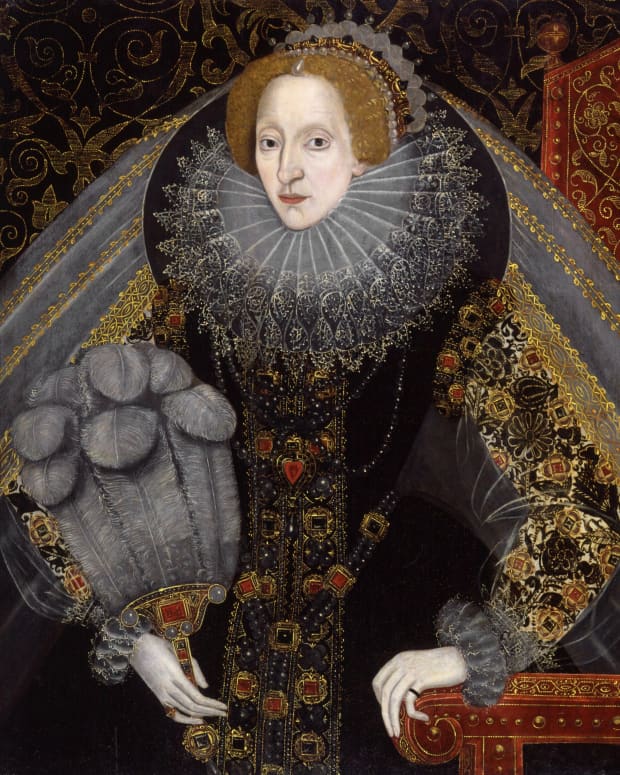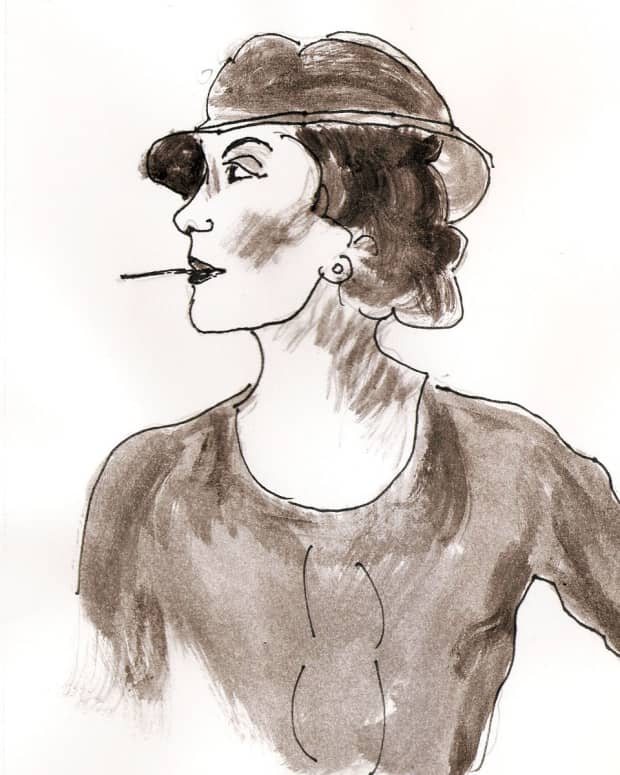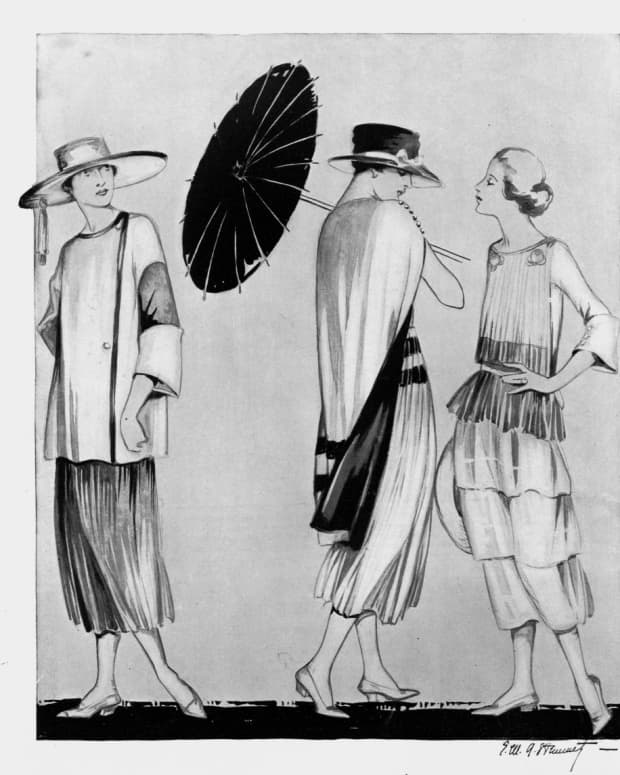Fashion in Film: Classic Movies with Style
Dolores's interest in fashion history dates from her teenage years when vintage apparel was widely available in thrift stores.
Classic movies have created fashions and reflected the trends of any given time. Though fashion is, by definition changeable, certain costumes worn in film to help create a character have become iconic garments that appear again and again over the years gracing the pages of fashion magazines.
Look at any fashion show and you will see couture apparel that has been influenced by famous movie roles from Holly Golightly"s little black dress in Breakfast at Tiffany's to Susan's wildly eclectic pile of accessories in Desperately Seeking Susan. Fashion has inspired movies and been inspired by movies. Signature roles like Joan Crawford's flapper in Our Dancing Daughters have defined a decade and suggested a particular identity.
Movies offered a fantasy of glamor to downtrodden women during the Great Depression, have made trousers into acceptable women's clothing, created the power suit years before its time, and illustrated what it's like to be a woman in all her various guises for almost a century.
In the early years, actors during the Silent Era of film usually provided their own wardrobe. By the 1920s costume designers worked with both director and actor to create garments that would best suit the character of a particular role. Actors often influenced costume design. Clothing had to be a good fit for the actor's physical attributes and flaws. Soon, stars came to be associated with an image and a well known star in a popular role often inspired fashion trends.
Hollywood costuming, even for period pieces, often reflect fashion ideals of the day rather than the period in which the original piece was written. The 1921 film Camille was based on Our Lady of the Camilias, a play originally produced in 1848. Costumes updated the story with wardrobes inspired by Paul Poiret and incorporated influences of Ballet Russes costumes for an exotic and modern appeal.
While there are many movies that highlight fashionable costumes, there are a few that really stand out. In these movies, you can glean the essence of a decade and understand what the people of yesteryear found attractive and the types of clothes that became popular.
Our Dancing Daughters (1928)
In a film that depicts the lives of three young women living and partying in the Jazz Age, the flapper style followed trend setters of the time. Dorothy Sebastian, Anita Page, and Joan Crawford wore flimsy dresses, loose clothing, high hemlines and bobbed hair. Our Dancing Daughters was one of the first films to be marketed for fashion. The girls paraded around in sportswear, bathing suits, and negligees. They sported plucked eyebrows and cupid bow mouths. Joan Crawford danced up a storm and regarded the world with a faintly bitter expression.
F Scott Fitzgerald named Crawford as the best example of a flapper.
The flapper style soon died out. By 1929, hems were lower but the unique fashion trend we call the flapper became a cultural icon.
A Woman of Affairs (1928)
When Greta Garbo appeared in A Woman of Affairs in a plaid lined trench coat, a garment introduced to the military during World War I, she brought us a look that has never gone out of style. Her slouchy, casual appearance still inspires us today.
Garbo's somewhat masculine style bent typical gender based fashion ideals and gave us a new kind of classic. The Garbo look set the stage for actresses like Katharine Hepburn and predated Annie Hall by almost a half a century.
Morocco (1930)
In Marlene Dietrich's first US movie, she appears in top hat and tails as a cabaret singer in a North African nightclub. Publicized as the new Garbo, Dietrich's costumes were inspired by Berlin's drag clubs of the early 1930s. Trousers were still an unusual garment for women, yet Dietrich appeared in men's suits for publicity shots.
Marlene Dietrich impressed theater goes with the ability to seem seductive even while wearing a tuxedo. She shocked audiences when she kissed a woman in the days before censorship came to rule what could be shown in popular films.
Costume designer Travis Banton portrayed Amy Jolly's strength as well as vulnerability in a range of costumes that included a sleek black evening gown and a soft white blouse and skirt.
Dancing Lady (1933)
Joan Crawford makes the jump from flapper to sophisticated women in a series of costume changes that set trends and engendered department store copies. For Dancing Lady designer Adrian saw that Crawford's shoulders were wide and decided, instead of trying to play them down, to accentuate the look with shoulder pads or alter tops. Wide athletic shoulders and slim hips came into style in this rags to riches tale.
Queen Christina (1933)
When Greta Garbo appeared as Queen Christina, heavy velvet jackets with jutting white collars and bishop sleeves showed up in boyish coats with nipped waistlines at department stores. Department store copies followed the film's release and women opted for the Garbo page boy hair cut similar to Margot's in The Royal Tenenbaums.
Read More From Bellatory
Christina's comment that she was less an old maid than a bachelor touched on gender issues still rarely addressed in film.
Cleopatra (1934)
Claudette Colbert's racy get-ups in her role as the Queen of the Nile inspired the fashion world with its bias-cut dresses, Egyptian collars, and lotus flower motifs. Suddenly, thanks to Cleopatra, bangs were all the rage.
Philadelphia Story (1940)
Katharine Hepburn's slim figure and athletic style of movement gave her a tom-boyish femininity that looked fabulous in slacks or in a Grecian goddess style white crepe dress that was banded with gold.
Hepburn's Tracy Lord mixed a cool cream striped suit with a playful knit hat and tassels. Both the star and the character she played slipped outside the mainstream of fashion while creating a new classic style that was fearless and elegant.
Fashions may change from year to year, but Hepburn gave us the concept of personal style. Whether in film or in real life, Katharine Hepburn was an original.
Casablanca (1942)
Ingrid Bergman's Ilsa brought us the look of the 1940s with simple suits and white blouses, natural makeup and eyebrows. Bergman gave us classy without being dressed up in the toned down style that would epitomize fashion during the years of World War II when fabric restrictions and the demands of the military created a new look that changed women's apparel forever.
To Have and Have Not (1944)
Lauren Bacall was sexy without glamor or fuss. With her cool attitude and long sweep of hair, it was all about the face and The Look. Her elegant strength and husky voice offered a new kind of sex appeal that cut away the frippery with a smooth sophistication that is as charming today as it was in 1944.
Young women copied her interesting streaked hair worn long with a slight wave. The way she had of tilting her head down and looking up became an iconic mannerism.
Mildred Pierce (1945)
By 1945, Joan Crawford was considered a has-been. But this rags to riches classic earned her an Oscar for her portrayal of a housewife who becomes a wealthy restaurateur. Crawford appears in toned down makeup, a big change from her past overdone eyebrows and exaggerated mouth.
Mildred's metamorphosis is highlighted by 29 costume changes from cotton house dress and apron to structured business power suits with wide shoulders topped by a fur coat. Her outfits are simple yet stylish in keeping with World War II era fashions.
Gilda (1946)
Rita Hayworth brought glamor back in this story of an abused floozie. The war was over and Gilda's luxurious silks and slit skirts, her strapless gowns and simple lines were celebratory, glitzy, and so much fun to watch.
Gilda's seductive dress worn when she sings "Put the Blame on Mame" was a beautiful gown with simple lines and no fluff or embellishments, bold yet understated. The dress on the right has padded shoulders and a lotus motif. Like Lauren Bacall in To Have and Have Not, long hair became so sexy.
A Place in the Sun (1951)
By 1951, teenagers had become consumers and a target for marketing apparel, movies, and music. Early teen idol Elizabeth Taylor stared as a teen socialite whose white, full skirted evening dress showed up at proms all over the country.
Edith Head referred to the wardrobe as middle of the road yet portrayed the latest in teen fashion including bathing suits, shirts and jeans with young men appearing in Hawaiian shirts and chinos.
To Catch a Thief and Rear Window (1954)
If you like fashions of the 1950s, you have to see these two films. Grace Kelly stared in both movies playing young women of class with little make up and cool elegance. She sported a tan in To Catch a Thief.
Director Alfred Hitchcock told costume designer Edith Head that France (where they filmed) invented style and it was Head's job to create a stylish, wealthy young woman. Her tailored sundresses, capri pants, and big sunglasses were the hot look of the day. Kelly could pull off looking sophisticated in sportswear and casual in a black and white capri pants outfit worn with an over-skirt and wide brimmed hat.
In Rear Window, Kelly is a vision of beauty inspired by Christian Dior's New Look, designed for the film by Edith Head. Her wide skirts, a tiny waistline worm with a tight top were the height of '50's fashion. In a movie with, basically, a one room set, Kelly filled the room with her grace and style.


Roman Holiday (1953), Sabrina (1954), and Breakfast at Tiffany's (1961)
Audrey Hepburn offered a totally new kind of cool. The female silhouette of the 1950s was an hourglass figure that emphasized the bust, a tiny waistline, and curvaceous hips. Audry was thin and certainly not the traditional type of Hollywood beauty. Her gamine looks, rail thin figure, and dancer's stance created an identity that gave us an innocent kind of elegance.
In Roman Holiday Aurdrey was dressed in a blouse with rolled sleeves and a tight neck scarf to disguise her skinny arms and neck. As a princess who takes the day off to live like a real person, Audrey could not really hide the fact that she was someone special. Not the essence of traditional beauty, she taught us that, just as the princess appeared as a common person; a common girl could make herself into a princess.
In Sabrina a young and uncredited Herbert de Givenchy designed a double breasted suit for Sabrina's homecoming from Paris, a ball gown, and a black cocktail dress with a bateau neck that came to be known as a "Sabrina neckline." (A bateau neckline is straight, horizontal and also called a boat neck)
In 1961, Audrey's role as Holly Golightly delighted the world of fashion. From the black evening gown worn at the opening of the film to her famous little black dress, her dowdy raincoat worn with tight slacks, and flat shoes - Audrey Hepburn created a style that has inspired us for over 60 years and remains an iconic look today.
Rosemary's Baby (1968)
Mia Farrow appeared in this classic tale of paranoia wearing baby-doll style mini dresses, neat tailored minis, and tent dresses with Peter Pan collars. Her winter garb of a turtle neck sweater worn with a long plaid maxi skirt was a sleek new look. Everyone suddenly needed a long plaid skirt. Her hair switch from smooth page boy to short pixie created a gamine kind of femininity reminiscent of Audrey Hepburn.
She appeared innocent in a wardrobe and set design that consists mostly of white, yellow, and blue. (The kitchen is fabulous. Except for the curtains, it would look great in a modern decorating magazine. The subway tiled backsplash and marble counters...but I digress)
Bonnie and Clyde (1967)
Before Bonnie and Clyde, fashions of a particular period were usually dictated by a particular silhouette and hemline. Fay Dunnaway's costumes in this 1930s period piece did not strictly adhere to the styles of the Great Depression but were an updated version of the fashion of those days.
Theodore Van Runkle gave us a Bonnie wearing mid-calf length hems paired with a long sweater or jacket. Skirts sported a 30's style bias cut that allowed the fabric to swing prettily as she moved. Neck scarves and berets completed a look that changed everything. Young women no longer had to look like little kids in their mini skirts and bows. Retro style was here to stay.
Cabaret (1972)
When Liza Minnelli played Sally Bowles in Cabaret she introduced a style that has stayed with us ever since. Sally gave us green nail polish and black, black hair. Her sometimes masculine attire played up a decadent femininity reminiscent of Marlene Dietrich.
With her tilted bowler hat and structured bob haircut, her satin halter tops, vests, and fingerless gloves, Liza as Sally was a precursor of punk style and vintage fashion, and today's return to burlesque.
Annie Hall (1977)
Conjuring up Greta Garbo in her menswear clothing, Diane Keaton introduced a character named Annie Hall who ignored fashion yet set trends. In a combination of Buster Keaton and Katharine Hepburn Annie Hall's androgynous style featured baggy trousers, vest, a tie, and floppy hats. Her fashion forward appeal came from second hand shops that set a trend for vintage clothing.
Unlike previous roles in older movies that featured women dressed in mannish clothing, Annie Hall was not assertive and bold but insecure and a bit silly.
Flashdance (1983)
Flashdance epitomized the sometimes too casual style of the 1980s. While we may recall the the 80's for power suits with football player shoulder pads, down dressing filled America's streets with ripped sweat shirts and leg warmers. Before Flashdance, who would have thought to wear leg warmers with pumps? Barrettes harnessed huge, permed hairdos and suddenly, the clothing we wore to exercise became street wear.
Desperately Seeking Susan (1985)
Madonna and Roseanna Arquette described a popular street fashion of New York City in her gritty days with crazy pairings of a mixed bag of thrift store, second hand costumes. Odd mixes of capri pants worn with long evening gloves; bold color combinations; lacy underwear; and stacks of necklaces and bangles defined a rebellious, fun loving, and somewhat tawdry appeal.
The Royal Tenenbaums (2001)
Gwyneth Paltrow gave us a quirky new kind of class as Margot Tenenbaum. With her sleek page boy hair cut worn with plastic clips, striped Lacoste tennis dress worn with a fur coat and loafers; her long sweaters and kohl rimmed eyes, Margot created a style for the new century.
Margot's apathy, her lack of a fashion sense while wearing the same outfit since adolescence, her personal preppy uniform created a style of its own, obvious enough to be recognizable years later.
© 2014 Dolores Monet
Comments
Dolores Monet (author) from East Coast, United States on October 14, 2016:
teaches12345 - I agree. I feel that, in many ways, Rear Window is the perfect movie. Every moment leads the viewer deeper into the story. I love how the story seems familiar and reminds us of how we have watched local goings-on and wondered...I love how it goes from that familiar silliness into real suspense. Hitchcock was the master of suspense.
Dianna Mendez on May 04, 2014:
The film most striking to me is The Rear Window. It is such a classic and I enjoy watching it on occasion. The talented cast makes the movie so interesting along with the suspenseful content.





